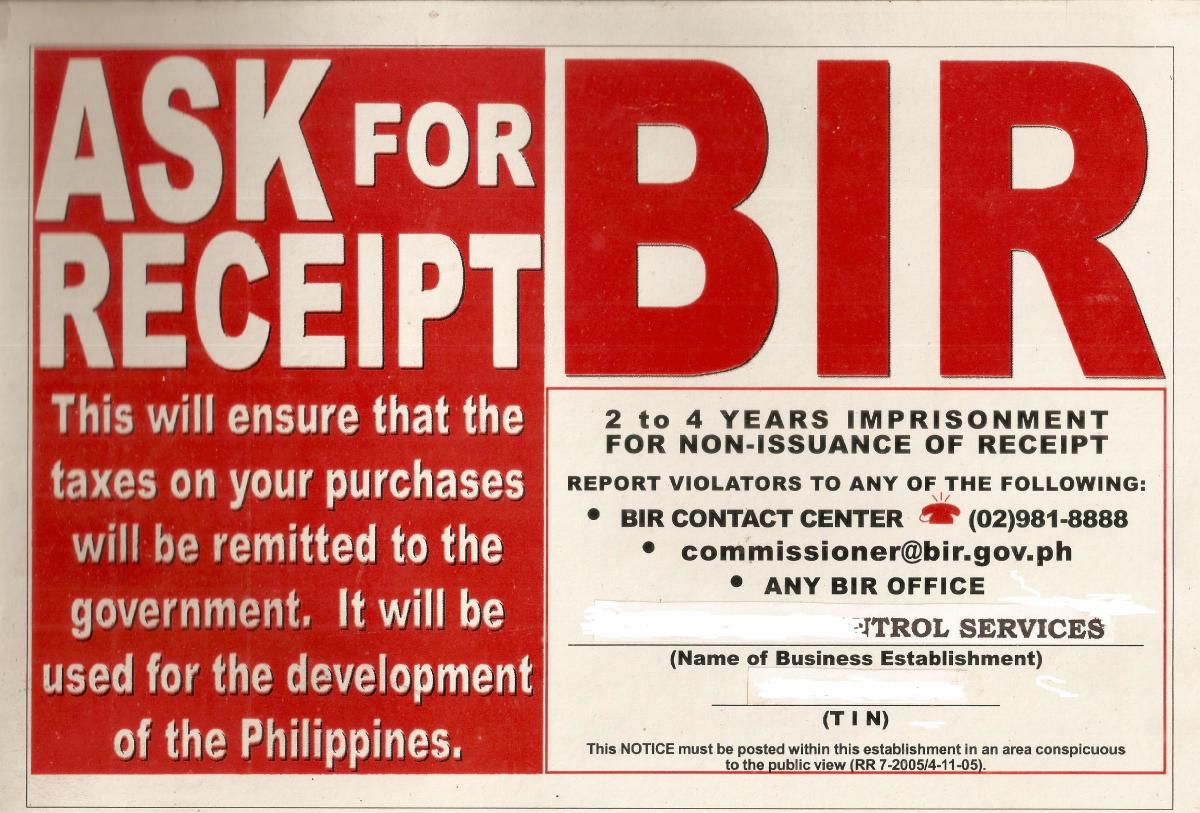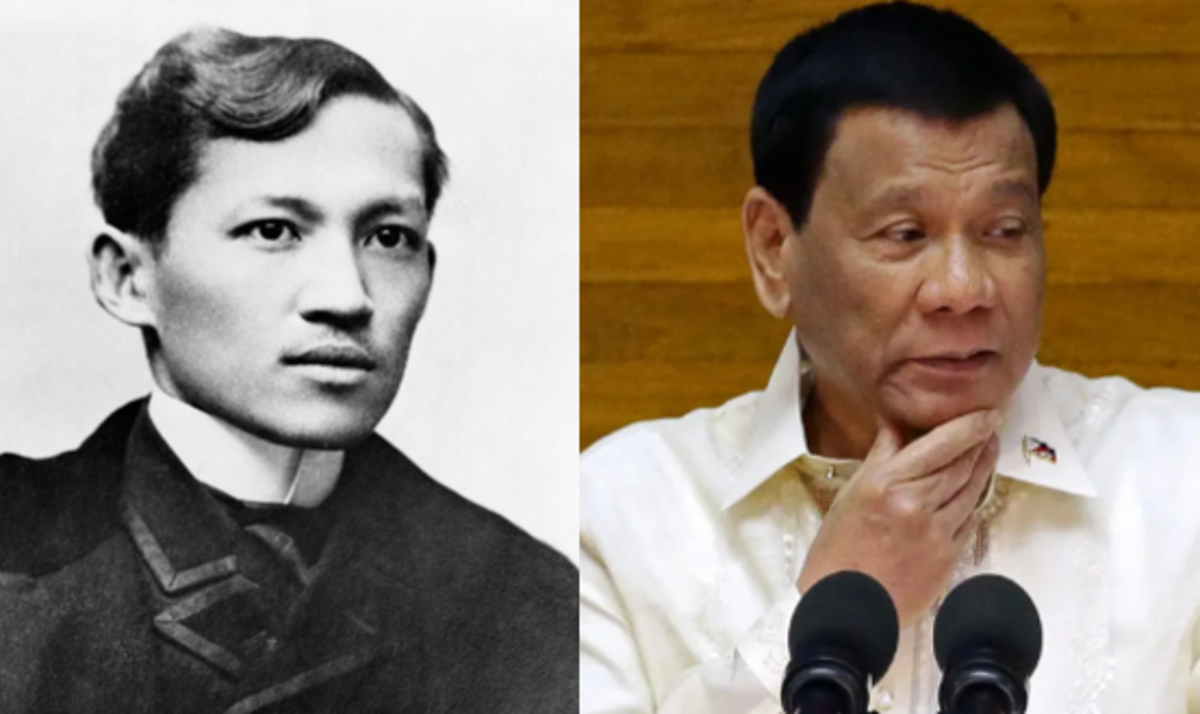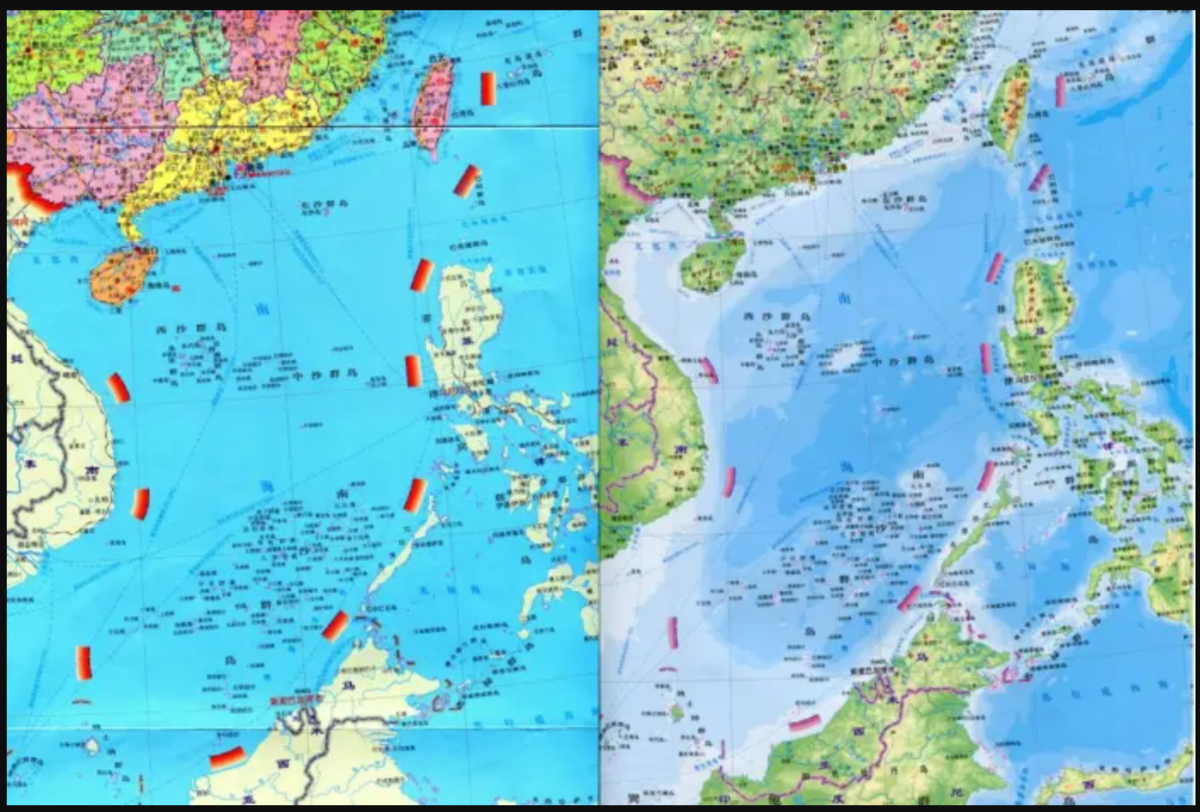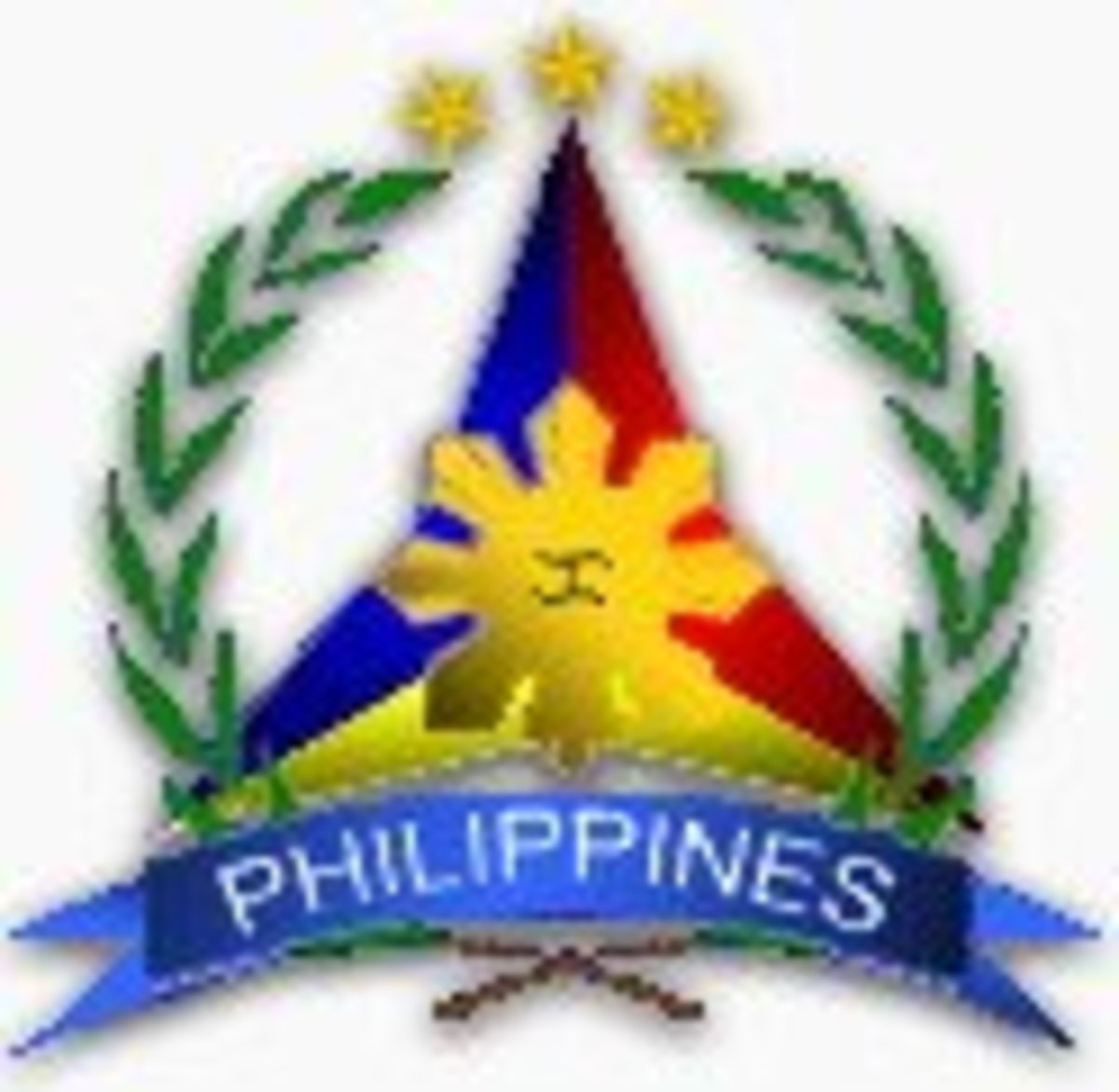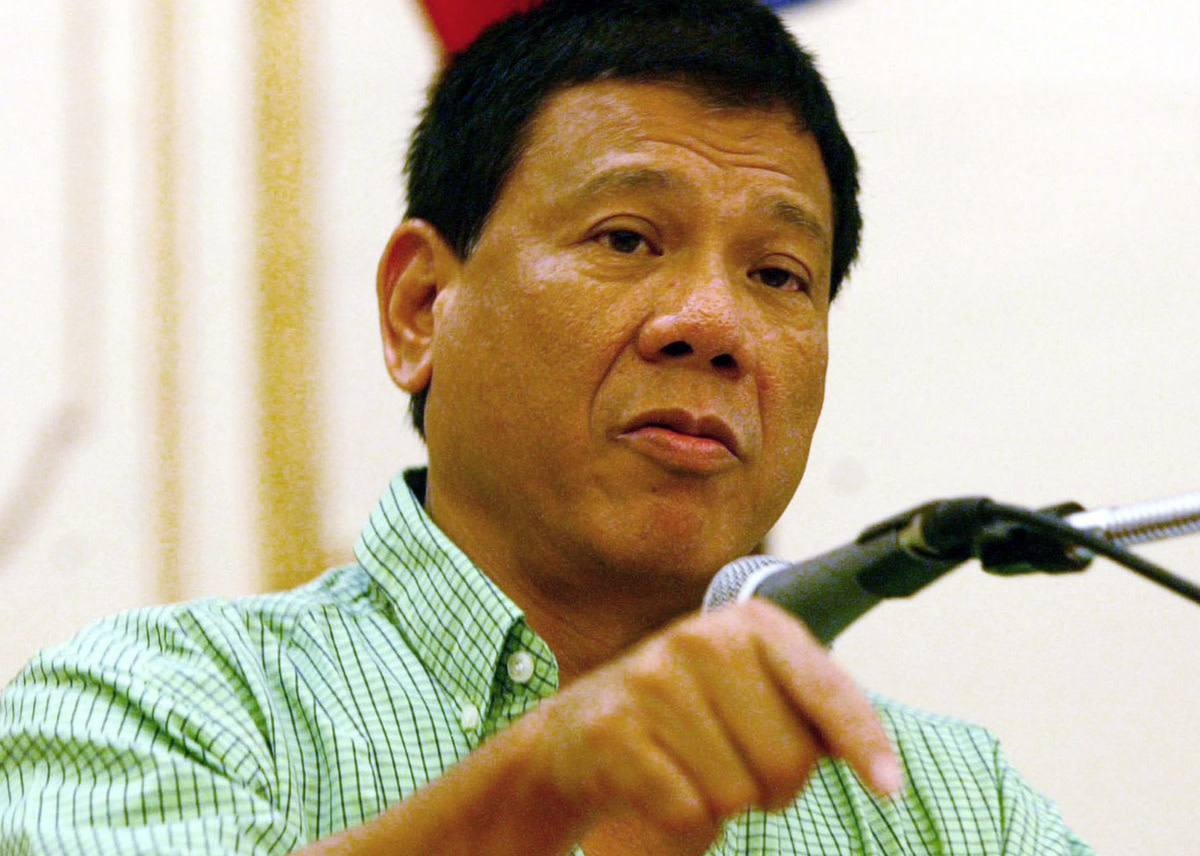Chances for Greatness Missed by Philippine Constitutional Convention, President and Congress
Map of the Philippines
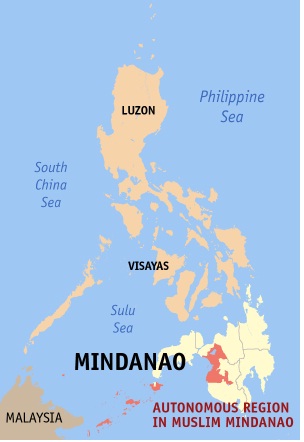
Campus of the University of Sto. Tomas is part of the Vatican empire in the Philippines (Map by google)
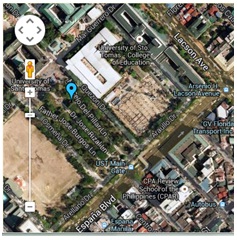
Missed opportunities for greatness resulted in social injustice and poverty in the Philippines
Opportunities for greatness in the eyes of Filipinos have been missed by Philippine constitutional conventions, congresses and presidents.
On the part of constitutional conventions: inclusion of a constitutional provision that all territories of the Philippines revert to the state of the Philippines. .
On the part of congresses. Legislation that all territories of the Philippines revert to the state of the Philippines. This is constitutional.
On the part of presidents. Presidential proclamation that all territories of the Philippines revert to the state of the Philippines. This is also constitutional.
“All territories of the Philippines” includes all the 1,700 islands, the bodies of water 200 nautical miles beyond them and the air above them, and resources below the land mass and bodies of water.
“Revert to the state of the Philippines” means that all titles to territories awarded by Spain and United States are abrogated. The Philippines takes over possession and control of all territories and has the power to award certificates of ownership to private citizens.
The best situation is for all three (constitutional provision, legislation, presidential proclamation) to be present. However, the presence of constitutional provision is enough. The presence of legislation is enough although of less weight than a constitutional provision. The presence of presidential proclamation is enough although of less weight than a constitutional provision or a legislation.
Why the need for one or all of these supplemental provisions?
Any or all of them serve to supplement the delineation of territory of the Philippines so provided in the 1987 constitution, to wit:
"Article 1. National Territory
"SECTION 1. The national territory comprises the Philippine archipelago, with all the islands and waters embraced therein, and all other territories over which the Philippines has sovereignty or jurisdiction, consisting of the terrestrial, fluvial, and aerial domains, including the territorial seas, the seabead, the subsoil, the insular shelves, and other submarine areas. The water around, between, and connecting the islands of the archipelago, regardless of their breadth and dimensions, form part of the internal waters of the Philippines."
An annotation on this provision follows:
"Necessity of constitutional provision on National Territory. The Constitution begins with a delimitation of our national territory.
"(1) Binding force of each provision under international law. - There is no rule in international law which requires a State to define its territorial boundaries in its Constitution. The reason is that with or without such a provision, a State under international law has the unquestioned right to assert jurisdiction throughout the extent of its territory. Nor is such delimitation binding upon other States who are not precluded from claiming title to territories which they think is theirs...." (De Leon, H. S. Textbook on the Philippine Constitution. 1999:37. Emphasis supplied).
Presently, there are two instances where other countries like Vietnam, and China are claiming the Spratleys, a group of islands lying within 200 nautical miles off Palawan. The Vatican, through the Catholic church, is in possession and control of landholdings in the Philippines like the campus of Sto. Tomas University consisting of 21.5 hectares. The Vatican has more, like lots occupied by Catholic church buildings, offices, sacrities and croplands.
Delimitation of territory is not sufficient. Assertion of possession and control is needed. This is demonstrated by events in the Philippines.
Recall that the Philippines started out as separate islands and separate sultanates or small villages. By the sword and by the cross (of Christianity) Spain claimed the islands, When the Filipino revolutionaries liberated their country, there came the first Philippine republic. Then USA forcibly annexed the Philippines. In effect, three states had the power to define the territory of the Philippines and issue titles to pieces of land to private citizens or institutions like the Catholic church in the Philippines. In the absence of a constitutional provision or legislation or presidential proclamation asserting territory of the Philippines and subsequent sub-policies and rules regarding titling of pieces of land, even Spaniards of dual citizenship who possess titles awarded by Spain can claim ownership of land in the Philippines up to the present.
This had happened about 30 years ago when somebody who claimed to be a descendant of some persons awarded with a hacienda by the Spanish king came around. He was brandishing a Spanish title that practically covers half of Laguna province as owned by his ancestor and he as heir was claiming ownership. It could be by mistake or owing to ignorance of the purported title to these vast hacienda that parts of it had been titled to several private citizens. The claim of the purported heir came to naught because people who had been issued titles did not abandon their pieces of land, or they were ready to die for it.
In a way it was by force or power that the occupants retained their pieces of land not by a constitutional provision, or legislation or policy of the Philippines.
The same theory is being used by the Catholic church that has taken possession and control over pieces of land based on titles issued by the king of Spain. Now these pieces of land belong, it is claimed, to the Vatican because the Vatican, more popularly known as Rome, has become a state by itself.
You may read a book of a certain title, "Church Landholdings in the Philippines," written by a member of Society of Jesus (SJ) order, published by Ateneo de Manila.
How did that happen? Benito Mussolini, the Fascist dictator of Italy, one of the Axis powers in WWII, awarded one square mile of land to the Vatican as a way to get the support of the pope for his dictatorship. After WWII the Allies kept quiet about the donation of Mussolini to the Vatican. Subsequently the pope has been accorded the trappings of a president or prime minister whenever he visits a foreign country. Therefore, the Vatican has been recognized by other countries as a country.
The first Philippine republic of 1899-2002 failed to issue a legislation or presidential proclamation. However, Apolinario Mabini, the Sublime Paralytic, and first Prime Minister, issued a circular saying that the Philippines was adopting the Roman system in titling of pieces of land. If not for the intervention of the Americans, Mabini or other legislators could have seen the implications of the hacienda system on the social milieu of the Filipinos - social injustice. Even Pres. Manuel L. Quezon of the Philippine Commonwealth during the 1930s saw social problems arising from land tenure. The Americans did not break up the haciendas because they are the power base of the collaborators who serve as conduits to control the Philippines.
Suppose some indigenous peoples occupied by mistake or ignorance about the ownership of an area claimed by a religious order like Dominican, Augustinian, Divine Word, Franciscan by virtue of a Spanish title. And the religious orders summoned government officials and the police to eject the indigenous peoples. But the indigenous peoples would not budge claiming that their ancestors had possession and control of these areas even before the Spaniards came. What would the government and the police do? Arrest and jail these indigenous peoples? Or drive them away?
Suppose so-called educated or sophisticated peoples occupied an area claimed as owned by a religious order. These sophisticated peoples would not recognize the validity of the Spanish title brandished by the religious order and would stay put. What would the government and the police do?
To be redundant, suppose so-called educated or sophisticated peoples occupied an area claimed as owned by a haciendero. These sophisticated peoples would not recognize the validity of the Spanish title brandished by the haciendero and would stay put. What would the government and the police do?
This question had been answered many times. The government would eject these educated people with the use of the police.
No constitution has included such provision
There were three constitutional conventions that should have included a provision that all territories of the Philippines revert to the state.
The first constitutional convention culminated in 1935, producing a draft that was ratified as 1935 constitution. The Philippines was still a commonwealth under the custody of the United States. This constitution was hammered out in preparation for the granting of independence for the Philippine on July 4,1945. That was delayed for one year because of World War II and occupation of the Philippines by the Japanese.
Just the same the 1935 constitution did not include this provision of territories reverting to the Philippine state.
The second constitutional convention hammered out what is called the Marcos constitution. It was drafted by convention delegates mostly bribed by Ferdinand Marcos, Sr. One pertinent provision is the extension of the term of the president beyond the limit specified in the 1935 constitution.
This Marcos constitution did not include a provision on the reversion of all territories of the Philippines to the state. At any rate, Marcos extended his term as president by means of his dictatorship and imposition of the Marcos constitution.
The third constitutional convention had a peculiar character. It was a commission comprised of 48 members. At that time, from February 1985 (when Marcos was ousted by EDSA People Power) to February 1987, Pres. Corazon Aquino was holding dictatorial powers in the sense that Philippine congress was suspended. She had the power to call for a constitutional commission to draft a new constitution to replace the Marcos constitution.
The delegates were picked out by Pres. Corazon C. Aquino from those recommended by groups of Filipino citizens. I was one among those who signed the endorsement to include Gloria Florangel-Braid in the constitutional commission. I was taking up a master’s degree in journalism and development communication in the Asian Institute of Journalism (AIJ). Florangel-Braid was president of the college. When nominees for the commission were called for we students of AIJ signed a petition for her. She was chosen a member of the commission.
At least 7 members of the commission are identified as directly supporting the Catholic church in the Philippines: Father Joaquin Bernas, SJ.; Fr. Ponciano Bennagen; Bishop Teodoro C. Bacani; Bernardo Villegas (a member of Opus Dei); Francisco Rodrigo, Sister Christine O. Tan. (I have another Hub on this topic). That is why the draft constitution that is now the 1987 constitution does not mention the landholdings of the Catholic church in the Philippines. The absence of a constitutional provision on the reversion of territories to the state has proven to be enough protection for the landholdings of the Catholic church in the Philippines.
This 1987 constitution does not include a provision that reverts all territories of the Philippines to the state.
No Philippine Congress has passed a legislation to revert all territories of the Philippines to the state. That is, from the time Philippine Congress first convened in 1946 up until now.
No president has issued a proclamation either
No Filipino president has proclaimed that all territories of the Philippines revert to the state of the Philippines. That is from the first president of independent Philippines: Pres. Manuel Roxas, to Pres. Elpidio Quirino, to Pres. Ramon Magsaysay, to Pres. Carlos P. Garcia, to Pres. Diosdado Macapagal, to Pres. Ferdinand Marcos, Sr., to Pres. Corazon C. Aquino, to Pres. Fidel V. Ramos, to Pres. Joseph Estrada, to Pres. Gloria Macapagal-Arroyo, to Pres. Simeon C. Aquino III (son of Pres. Cory).
In fairness to Pres. Diosdado Macapagal, he led Congress to pass a land reform law. However, that law includes only rice lands and excludes sugar lands and haciendas planted to fruit trees and coconuts. That rice land reform law is what we have now. However, his daughter, Pres. Gloria Macapagal-Arroyo, had abandoned the abolition of feudalism that he started.
Gloria's mother, the second wife of Pres. Diosdado, belonged in a landed family. The Arroyo family has a hacienda in Negros province.
[I do not consider Jose B. Laurel as president of the Philippines because he was the puppet of the Japanese during the Japanese occupation (1942 to 1944). At that time the president in exile was Manuel L. Quezon then Vice-president Sergio Osmeña who took over Quezon when Quezon died in Australia. Quezon appointed Jorge Vargas as government caretaker while he was in exile].
Precedent in presidential proclamation
Pres. Simeon C Aquino III provided a precedent in the assertion of territory that had been delimited as such in the 1987 constitution. in 2013 he renamed by presidential proclamation South China Sea into West Philippine Sea (see map above). In this body of water lies an island called Spratley. This island clearly falls within the 200-nautical-mile jurisdiction of the Philippines according to international law. Possession of this island is being disputed by China, Vietnam and the Philippines.
This proclamation may not settle the dispute immediately. However, the point is that the President made such a proclamation. This is the kind called for in regard to the haciendas and church landholdings in the Philippines.
Why opportunities for greatness?
Reversion of all Philippine territories to the state of the Philippines would mean:
One. The Spanish titles to vast tracks of land awarded by the king of Spain to favored subalterns (Filipino natives, Spanish-Filipino mestizos and Spaniards who chose Filipino citizenship or dual citizenship) would be abrogated.
This would abolish feudalism in the Philippines that is responsible for the backwardness, poverty, corruption and dominance of a ruling class. Abolition of feudalism would lead to industrialization as the energies of Filipino masses would be liberated.
The present crisis in land reform would be remote if such territories were reverted to the Philippine state. As of now, Filipino tenants are picketing Philippine Congress (at least Batasang Pambansa) for the extension of land reform law and for the speedy distribution of land. The Filipino people would not be paying for pieces of land under land reform as these would be Philippine territory and not owned by favored subalterns of the king of Spain. A main constraint in the implementation of land reform is the lack of funds to pay for expropriated hacienda.
If any piece of land would remain with these favored subalterns it would be an area that a supposed heir can cultivate by himself or herself. For humanitarian reasons, the heir would not be required to pay for that piece of land.
Two. All Spanish titles to landholdings awarded by the king of Spain to the Catholic church in the Philippines would be abrogated. That would get rid of the empire of the Vatican in the Philippines. For example, that 21.5-hectare block comprising the campus of the University of Sto. Tomas located near España boulevard (see map above) in Manila would revert to the Philippines. As of now it is owned by the Catholic church in the Philippines and ultimately by the Vatican.
Where there is a Spanish-built (with Filipino forced labor) church there is a landholding of the Catholic church and even beyond the periphery of the church. These constitute the Vatican empire in the Philippines.
Three. Abolition of feudalism would undercut the power of the present ruling class of the Philippines that is lording over the Filipino society, presiding over corruption, perpetuation of poverty and social injustice. There would be no squatter problems. There would be no shortage or importation of rice. Living standards of Filipinos would be high. There would be no need for the poor to go abroad and work as domestic helpers. In fact, there would be enough jobs for Filipinos in the Philippines. Moreover, no Filipino would be living below a poverty line as what we have now.
These features and more would make Filipinos great.
Opportunities not taken
All these opportunities for greatness are available for a constitutional convention, or Philippine Congress, or president. But none of them has availed of such opportunities. The main reason is that it would undercut the power of the present power holders themselves. That means, they would have picked up a stone and knocked their heads with it.
Marcos, Sr. , as a dictator, could have issued a decree that reverted all Philippine territories to the state of the Philippines. He did not do so because that would have undermined the power of those who supported his martial law regime. Marcos governed by decree. A three-sentence decree would have sufficed, for example:
"PROCLAMATION 1082
"I, Ferdinand E. Marcos, by virtue of powers vested on me by the Constitution and people hereby proclaim that all titles of land issued by former colonial powers are abrogated and all territories of the Philippines revert to the state of the Philippines. Implementing guidelines on the issuance of titles to private citizens will follow. This decree takes effect immediately. (SGD.) FERDINAND E. MARCOS."
Pres. Corazon C. Aquino had the power as she was dictator (although not a bad one as Marcos, Sr.) since she took over from Marcos (February 1985) up to the time that Congress convened under the provisions of the 1987 constitution (about middle of 1987). This was also the contention of Teodoro Benigno, former press secretary of Pres. Cory Aquino. Benigno resigned from the cabinet of Pres. Cory in protest for her failure to proclaim a true land reform in the Philippines that would include rice lands, sugar lands, and haciendas planted to fruit trees and coconuts. This much Benigno wrote in his column in a newspaper.
Pres. Cory could have issued a decree, for example:
"I, Corazon C. Aguino, by virtue of powers vested on me by the Constitution and people hereby proclaim that all titles of land exceeding seven hectares are abrogated and all territories of the Philippines revert to the state of the Philippines. Implementing guidelines on the issuance of titles to private citizens will follow. This decree takes effect immediately. (SGD.) CORAZON C. AQUINO."
However, it was not just one stroke of her pen as Benigno contended. Pres. Cory’s family is owner of the hacienda Luisita in Tarlac comprised of 64 square kilometers. That is over a thousand hectares. Pres. Cory had her secretary of the Department of Land Reform prepare the legal basis to turn it into a corporate land reform, according to Nilo Tayag, former member of the Pulitburo of the Communist Party of the Philippines. Pres. Estrada turned it into a corporate land reform issuing stock certificates to tenants instead of redistributing the land. Recently the Supreme Court decided for the redistribution of some 1000 hectares to tenants. Still a lot of hectares of land is left with the Cojuanco family.
[It is interesting to find out if it is true that hacienda Luisita was bought with the use of funds collected for the revolutionary army under Gen. Antonio Luna who was assassinated by people affiliated with Gen. Emilio Aguinaldo in Cabanatuan City. When Gen. Luna, in charge of the army defending against the Americans, went to Cabanatuan City responding to purported calls by Gen. Aguinaldo (who was president of the first republic) he left the funds in the custody of his girl friend, a member of the Cojuanco family. An account of this fund was written by Tony Lopez, published in Asiaweek that closed some years ago.]
There is no hope that the present Philippine Congress or subsequent congresses will take these opportunities for greatness. That is, for as long as the ruling class dominates Congress. Members of Congress have demonstrated the opposite like the passage of the Priority Development Fund (PDAF) that has opened up opportunities for senators and congressmen to control billions of pesos of PDAF. That pork barrel scam is now under investigation and the Ombudsman has poised to file cases of plunder, a heinous crime. In days to follow the Ombudsman promises to file cases of plunder for over a hundred senators and congressmen!
Restructuring
Time will tell when the powder keg will explode to correct the social injustices in the Philippines. The Filipino masses will undertake that restructuring of their society.


